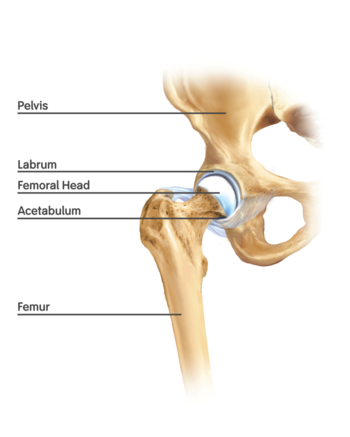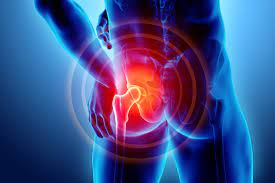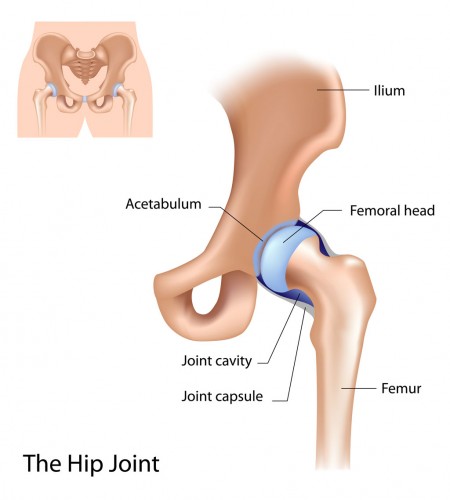Hip Condition & Procedures
Your hip is the joint where your thigh bone and pelvis meet. Hips are called ball-and-socket joints because the ball-like top of your thigh bone moves within a cup-like space in your pelvis. Your hips are usually very stable, and it takes a great deal of force to hurt them. Playing sports, running, overuse or falling can lead to hip injuries.
The University of Michigan Health System diagnoses and treats all types of hip conditions, from acute injuries such as fractures to chronic, long-term degenerative issues.
At University of Michigan, our integrated, multidisciplinary approach to treating hip conditions enables us to provide our patients with efficient and effective care.


When Rotator Cuff Surgery is Recommended
To make our diagnosis, we start with your clinical exam, conduct a thorough health history, talk with you about your pattern of symptoms and take X-rays. Depending on what your X-rays show, further imaging, such as a CT scan, MRI, ultrasound or arthrogram, may be required. Our Radiology Services are state of the art and will help us determine how to treat your condition
A simple visual examination of the hip may reveal a deformity or injury. Your doctor will often manipulate your leg in different directions, looking for resistance, a popping sensation, or pain. These can indicate the source of the hip problem. However, more tests may be necessary to confirm a diagnosis.
Treating Hip Injuries and Conditions
If you have suffered any hip trauma, seek treatment right away. Failure to do so risks further complications, such as chronic instability, weakness, pain or malunion (where a fracture heals in a bad position that is difficult to undo). Getting that diagnosis quickly means we can treat you while the injury is simpler to treat. But, even if a problem has been misdiagnosed or is a long-term issue, we can still help.
Treatment varies widely, depending on the problem. Treatment for hip disorders may include rest, medicines, physical therapy or surgery, including hip replacement.
All-arthroscopic repair is usually an outpatient procedure and is the least invasive method to repair a torn rotator cuff.


Surgery for Hip Injuries and Conditions
We perform hundreds of hip surgeries each year, including hip arthroscopy and hip replacement. We are on the forefront of orthopaedic technology, offering advanced techniques and developing new procedures for difficult problems.
Hip arthroscopy is a minimally invasive approach used to diagnose and treat a wide range of hip problems. In arthroscopy, a surgeon inserts special, small, surgical tools and a video camera through a few small incisions (about the size of a buttonhole) to access the hip joint.
Recovery time will vary depending on the surgery performed and in most cases open surgery will require more time in the hospital and on crutches. A surgeon will decide between open or arthroscopic surgery depending on many factors, such as the procedure being performed, a patient's medical history, and preference.
The hip labrum is a ring of soft tissue that surrounds the hip socket. A torn hip labrum may not heal on its own. Repair surgery is often recommended to patients who are considered low risk and likely to have good post-surgical results.
